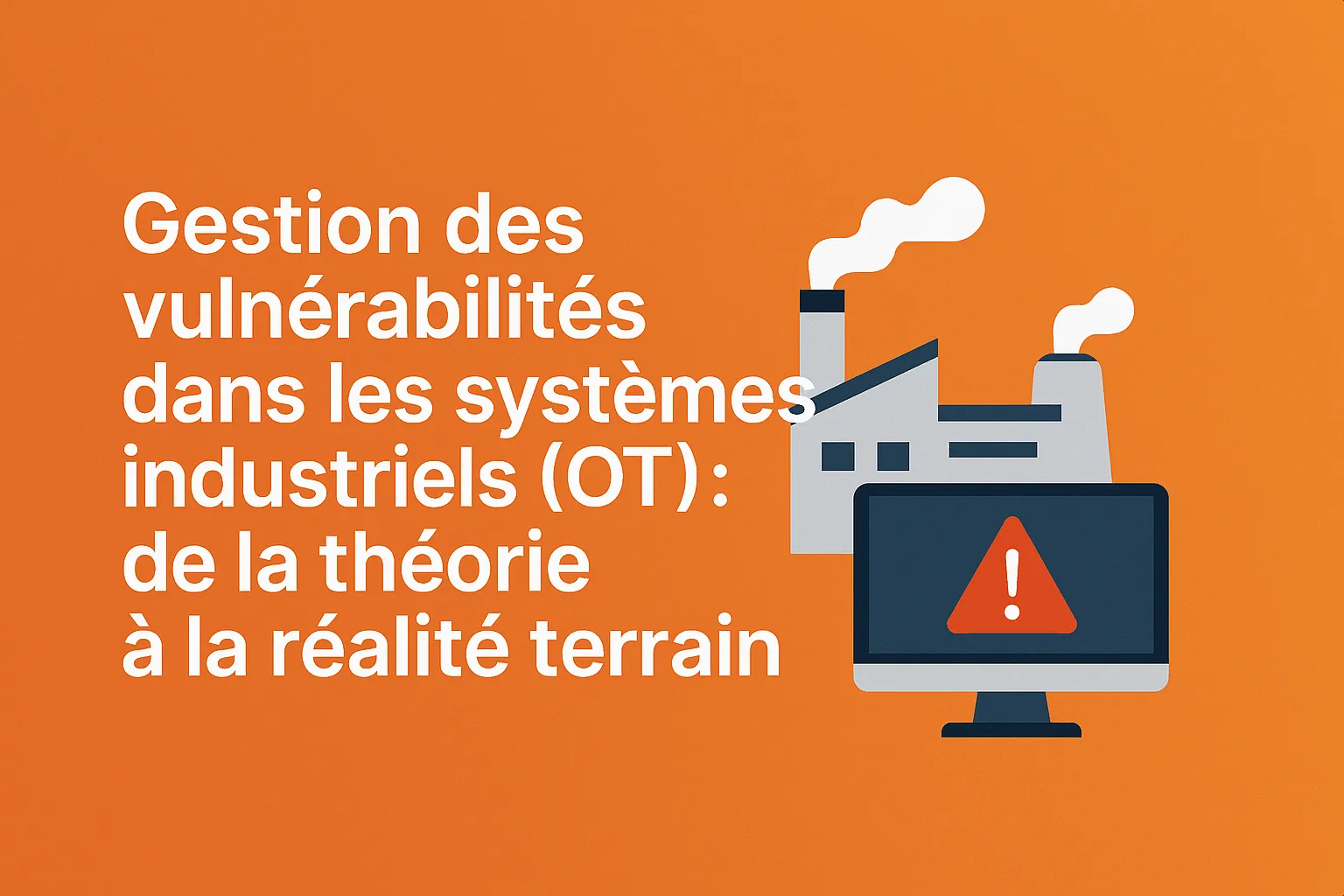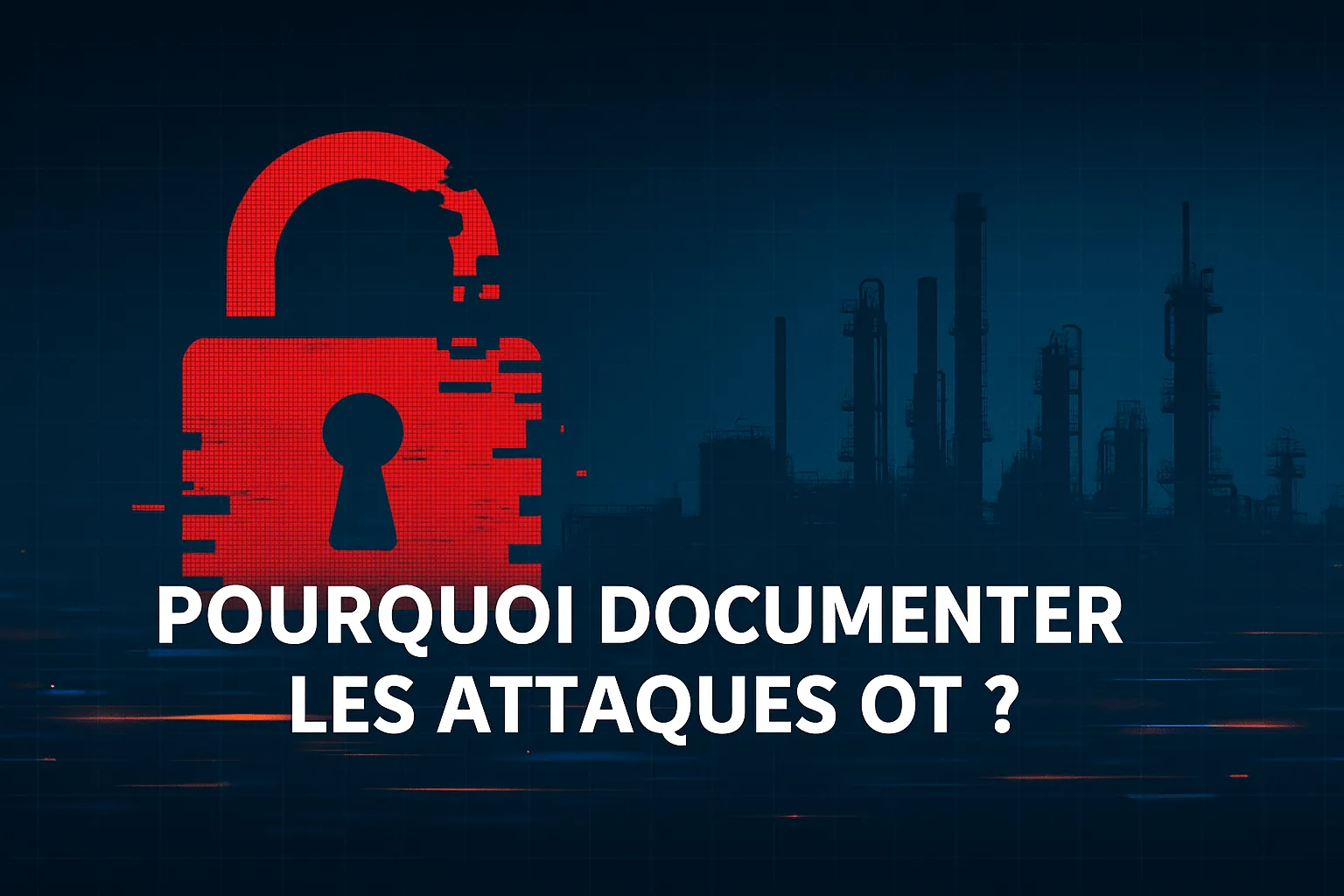
Common Weakness Enumeration (CWE): A key framework for securing IT systems
Cybersecurity is an ever-evolving field, with increasingly complex and sophisticated threats. To better identify, understand, and mitigate system vulnerabilities, the security community relies on standards, frameworks, and tools. One of the most important tools in this context is the Common Weakness Enumeration (CWE). Developed by the MITRE Corporation, CWE is a classification system that groups common software and IT system weaknesses. This article will explore what CWE is, its role in cybersecurity, and its application across various sectors, particularly in industrial cybersecurity, where securing critical infrastructures is essential.
What is the Common Weakness Enumeration (CWE)?
The Common Weakness Enumeration (CWE) is a framework developed by the MITRE Corporation for identifying and classifying security weaknesses in software and IT systems. It serves as a reference for cybersecurity professionals, developers, and researchers to identify specific weaknesses that can lead to exploitable vulnerabilities. CWE is used to describe errors in source code, design flaws in systems, or configuration mistakes that can make a system vulnerable to attacks.
CWE consists of a database of documented weaknesses, each identified by a unique number called a CWE-ID. These weaknesses are often related to programming defects, poor memory management practices, input handling errors, and other technical aspects that increase the risk of system compromise. The goal of CWE is to provide a structured framework for cataloging these weaknesses and to offer cybersecurity professionals a tool to improve software and system security.
CWE structure: categorizing weaknesses
CWE organizes its weaknesses into multiple categories, each addressing a specific aspect of cybersecurity. Here are the main categories found in CWE:
- Software Vulnerable to Injection: This category covers weaknesses related to injecting malicious code into a program, such as SQL injection or shell command injection. These vulnerabilities are common in web applications and can allow attackers to execute unauthorized commands on the target server.
- Input and Output Handling: Errors in input and output handling are another common source of vulnerabilities. This includes improper validation of user inputs, which can lead to injection attacks or buffer overflows.
- Access Control and Authorization Management: Many weaknesses stem from a lack of proper access controls. A poorly configured system may allow unauthorized users to access sensitive resources or even execute unauthorized actions.
- Memory Management Issues: This category includes vulnerabilities such as buffer overflows, memory leaks, and accessing unallocated memory, which attackers exploit to execute malicious code.
- Poor Error and Exception Handling: Poorly handled errors can expose sensitive information to attackers. For example, detailed error messages may provide valuable clues about a system’s architecture or specific weaknesses in its code.
- Misuse of Security Mechanisms: Some weaknesses arise from incorrect usage of standard security mechanisms, such as encryption protocols or authentication methods, leaving systems vulnerable to attacks.
Each category presents a list of specific weaknesses, allowing developers and security teams to better focus their efforts on strengthening system security.

The top 5 most dangerous CWEs in 2024:
- Top 1: Improper Neutralization of Input During Web Page Generation (“Cross-site Scripting”) – CWE-79
- Top 2: Out-of-bounds Write – CWE-787
- Top 3: Improper Neutralization of Special Elements Used in an SQL Command (“SQL Injection”) – CWE-89
- Top 4: Cross-Site Request Forgery (CSRF) – CWE-352
- Top 5: Improper Limitation of a Pathname to a Restricted Directory (“Path Traversal”) – CWE-22
Using CWE for secure software development
CWE is a valuable tool in the context of secure software development. By integrating secure development practices and using tools that compare source code against weaknesses identified in CWE, developers can reduce the risk of vulnerabilities. For example, static analysis tools can scan source code for specific weaknesses such as buffer overflows or SQL injections and flag these issues before the software is deployed to production.
CWE also promotes a proactive approach to risk management. By identifying potential weaknesses during the design or development phase, companies can reduce the costs associated with managing security incidents. Instead of fixing weaknesses after an attack, they can be anticipated and mitigated in advance.
CWE in the context of security standards and regulations
CWE fits within a broader framework of cybersecurity standards and best practices. Among the standards that utilize CWE is ISO/IEC 27001 (Information Security Management System), which aims to protect sensitive information by ensuring its confidentiality, integrity, and availability. CWE is also linked to other cybersecurity standards such as NIST 800-53, a set of security controls applicable to U.S. government information systems, and the OWASP Top 10, which outlines the most critical web security vulnerabilities.
By aligning with these standards and using CWE to classify and address security weaknesses, organizations can ensure their systems meet robust security criteria and comply with regulatory requirements.

The benefits of CWE
Adopting CWE offers several advantages for cybersecurity professionals and software developers:
- Precision in vulnerability management: CWE enables precise identification of weaknesses, facilitating their rapid remediation.
- Standardization of best practices: CWE provides a common framework, allowing security efforts to be standardized across different sectors and projects.
- Improved code quality: By following CWE guidelines, developers can enhance their code quality, reducing errors that may lead to security flaws.
- Reduced security costs: Early detection of vulnerabilities lowers costs associated with attacks, including fines, legal actions, or service disruptions.
Master software weaknesses with CWE, DATIVE supports you in securing your infrastructures.
References
- OWASP 10 : https://owasp.org/www-project-top-ten/
- MITRE : https://cwe.mitre.org/
- ISO27001 : https://www.iso.org/fr/standard/27001
- NIST 800-53 : https://csrc.nist.gov/pubs/sp/800/53/r5/upd1/final
Conclusion
The Common Weakness Enumeration (CWE) is an essential tool in modern cybersecurity. Its ability to classify and document common weaknesses in systems and software allows security professionals to better understand, anticipate, and address vulnerabilities before they can be exploited. In the context of industrial cybersecurity, CWE plays a crucial role in protecting critical systems, which are often exposed to increasing threats. By integrating CWE into their development and risk management processes, companies can enhance the security of their infrastructures and products while complying with international security standards and regulations.
FAQ
Question 1: What is CWE?
CWE (Common Weakness Enumeration) is a list of common software weaknesses that can expose systems to vulnerabilities. It is used to help developers, security researchers, and organizations identify, understand, and fix weaknesses in source code.
Question 2: How is CWE different from CVE?
The CVE (Common Vulnerabilities and Exposure) is a database referencing specific vulnerabilities in products or systems. In contrast, CWE lists design or programming weaknesses that, if left unaddressed, can lead to vulnerabilities, without being limited to a specific product.
Question 3: How is CWE organized?
CWE is structured in a hierarchical format. Each weakness has a unique identifier, descriptions, examples, and recommendations for mitigation. There are multiple classification levels, ranging from specific weaknesses to broader categories.
Question 4: Why use CWE in a secure development process?
Using CWE in the development lifecycle helps identify potential weaknesses during the design or coding phase. This helps prevent vulnerabilities before they appear in final products, reducing the risk of cyberattacks.
Question 5: How can I integrate CWE into my vulnerability management?
You can integrate CWE into your vulnerability management process by using the list to analyze weaknesses in your code and systems. Ensure that your development team is trained to recognize and fix these weaknesses. Additionally, many security and static code analysis tools use CWE to detect vulnerabilities.





